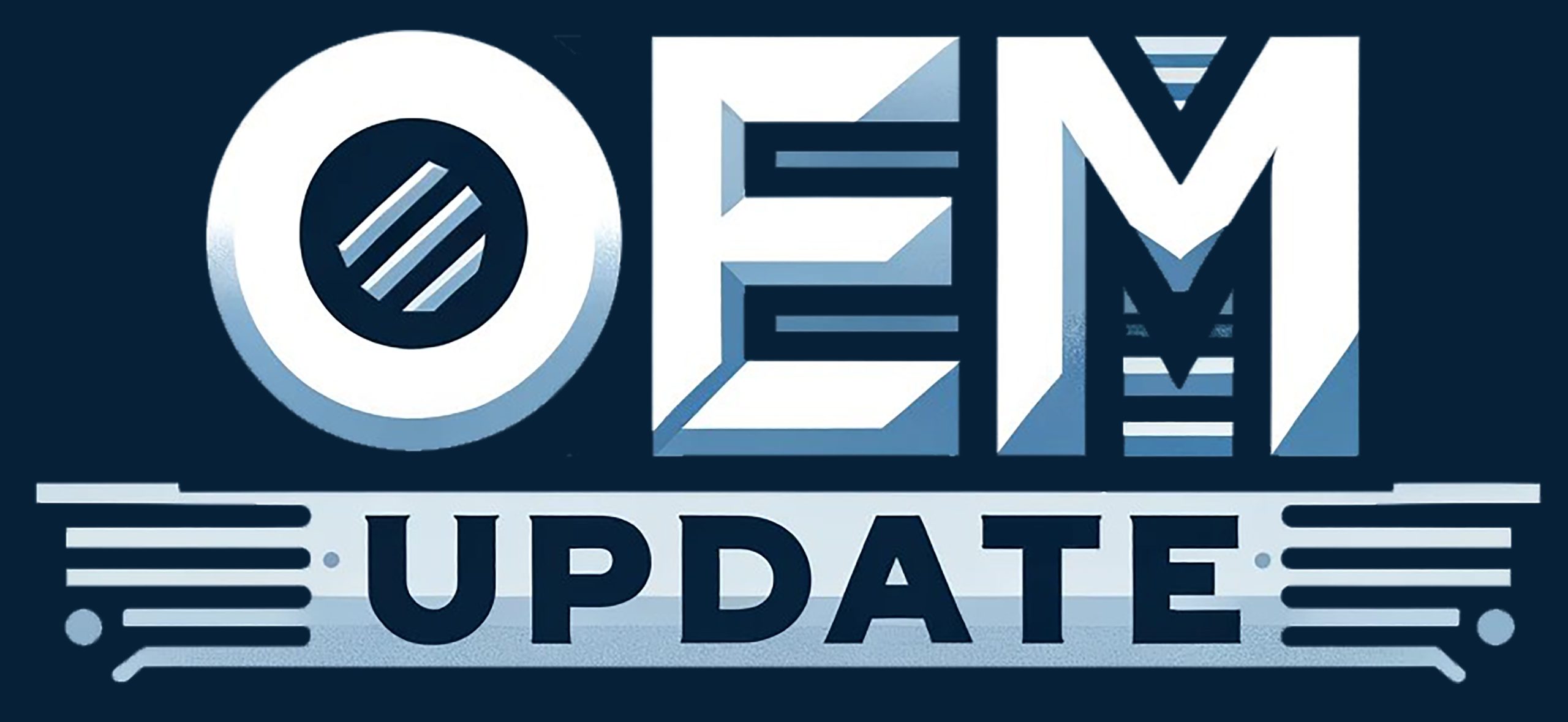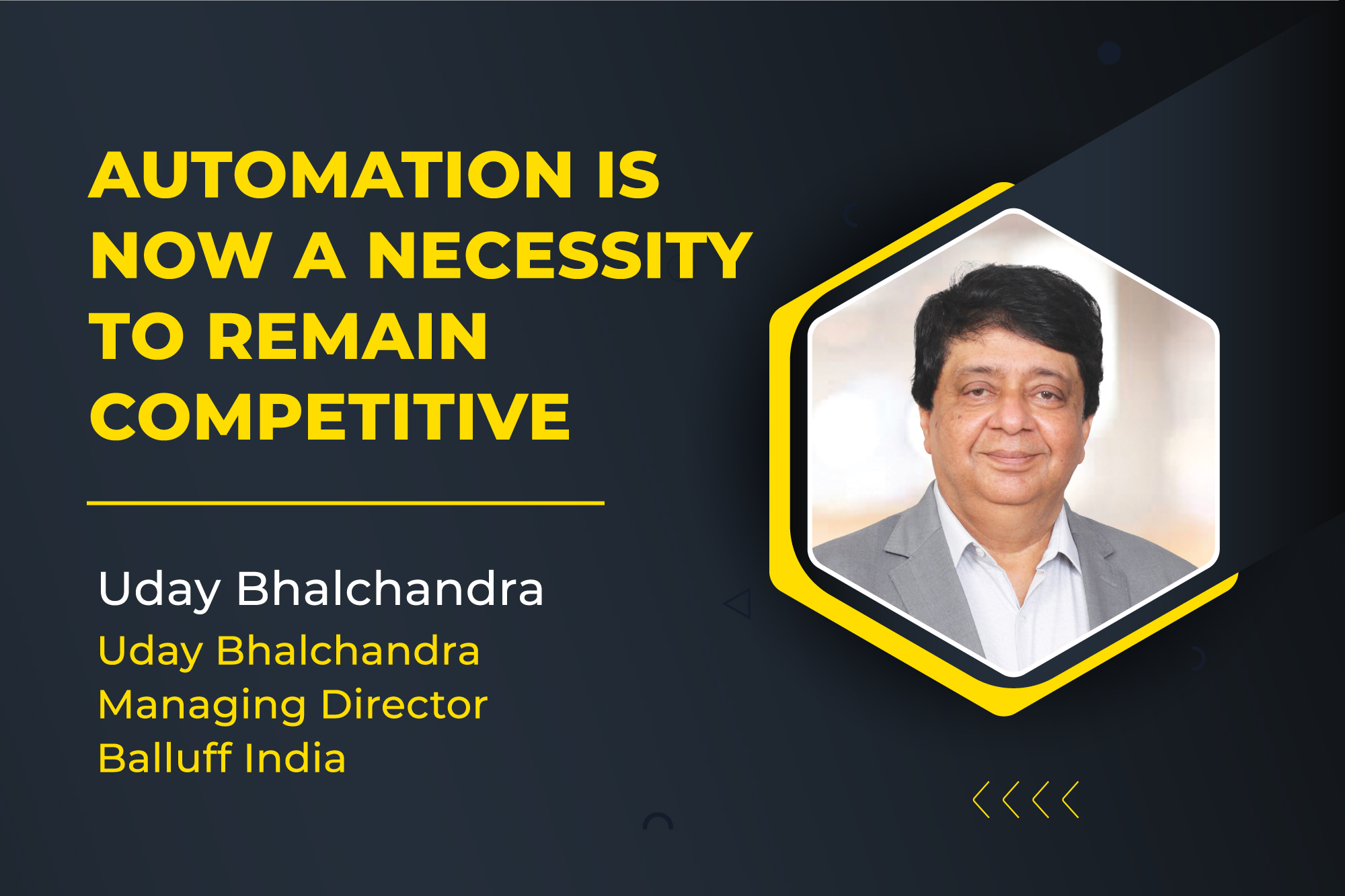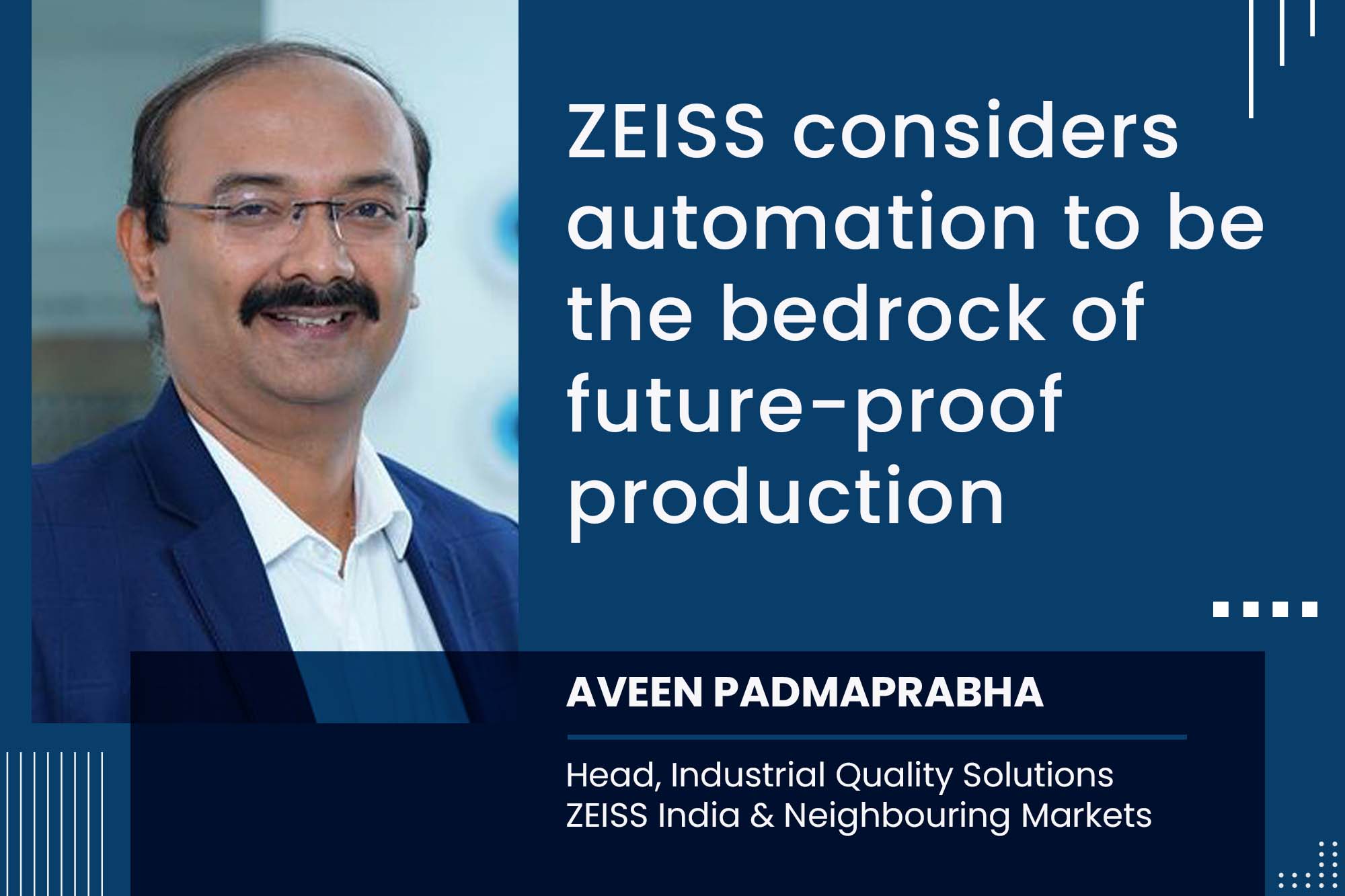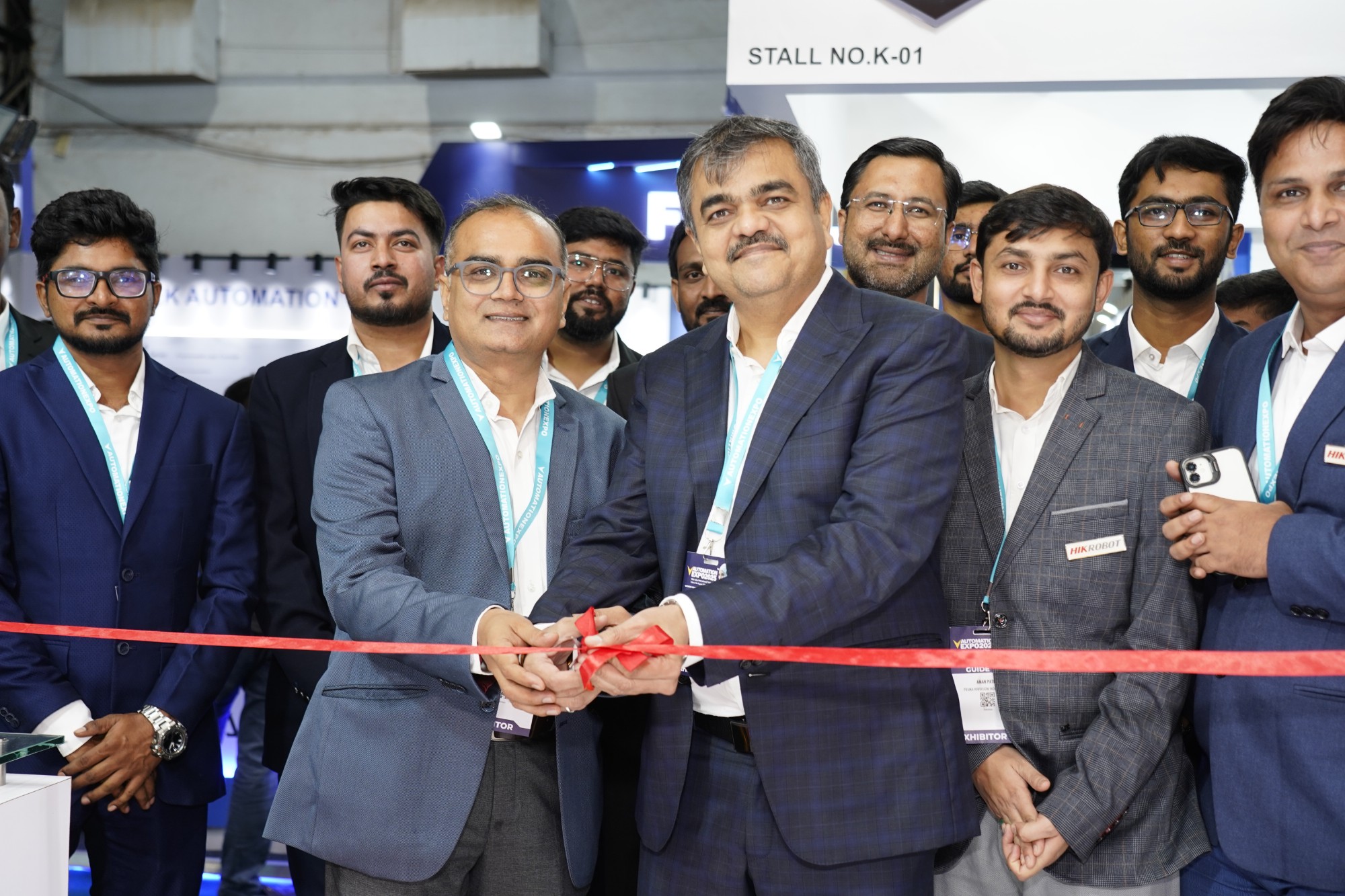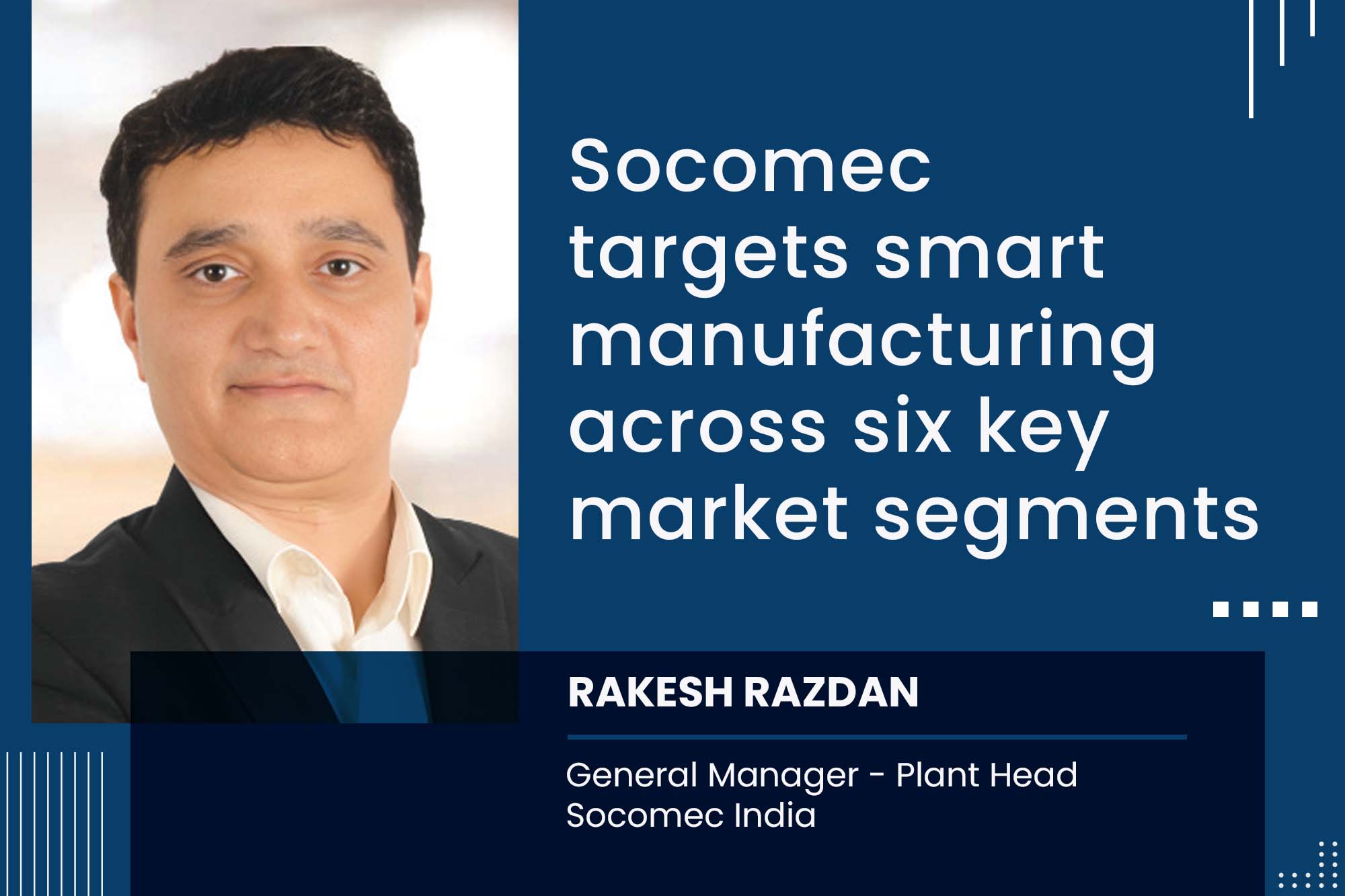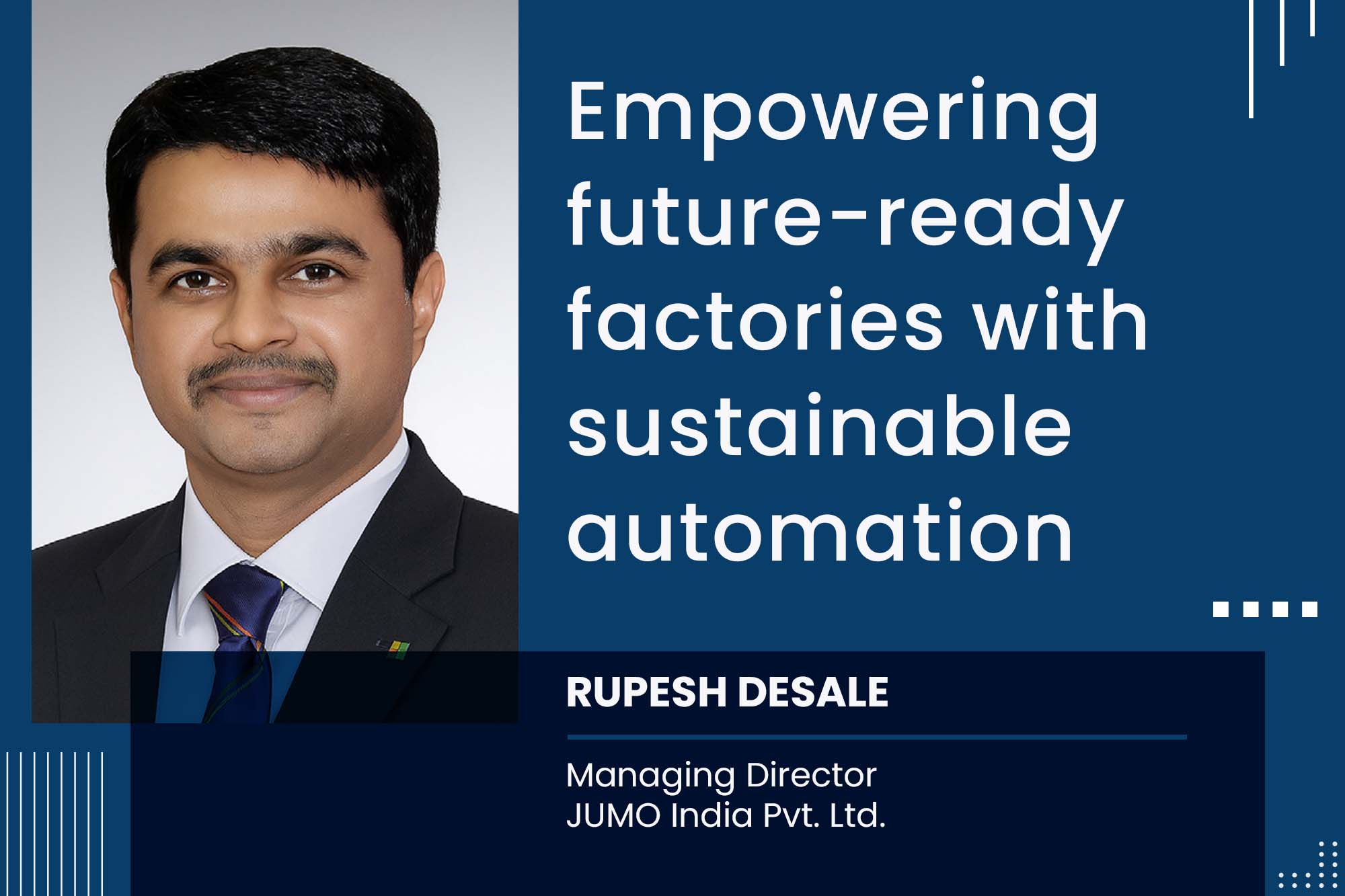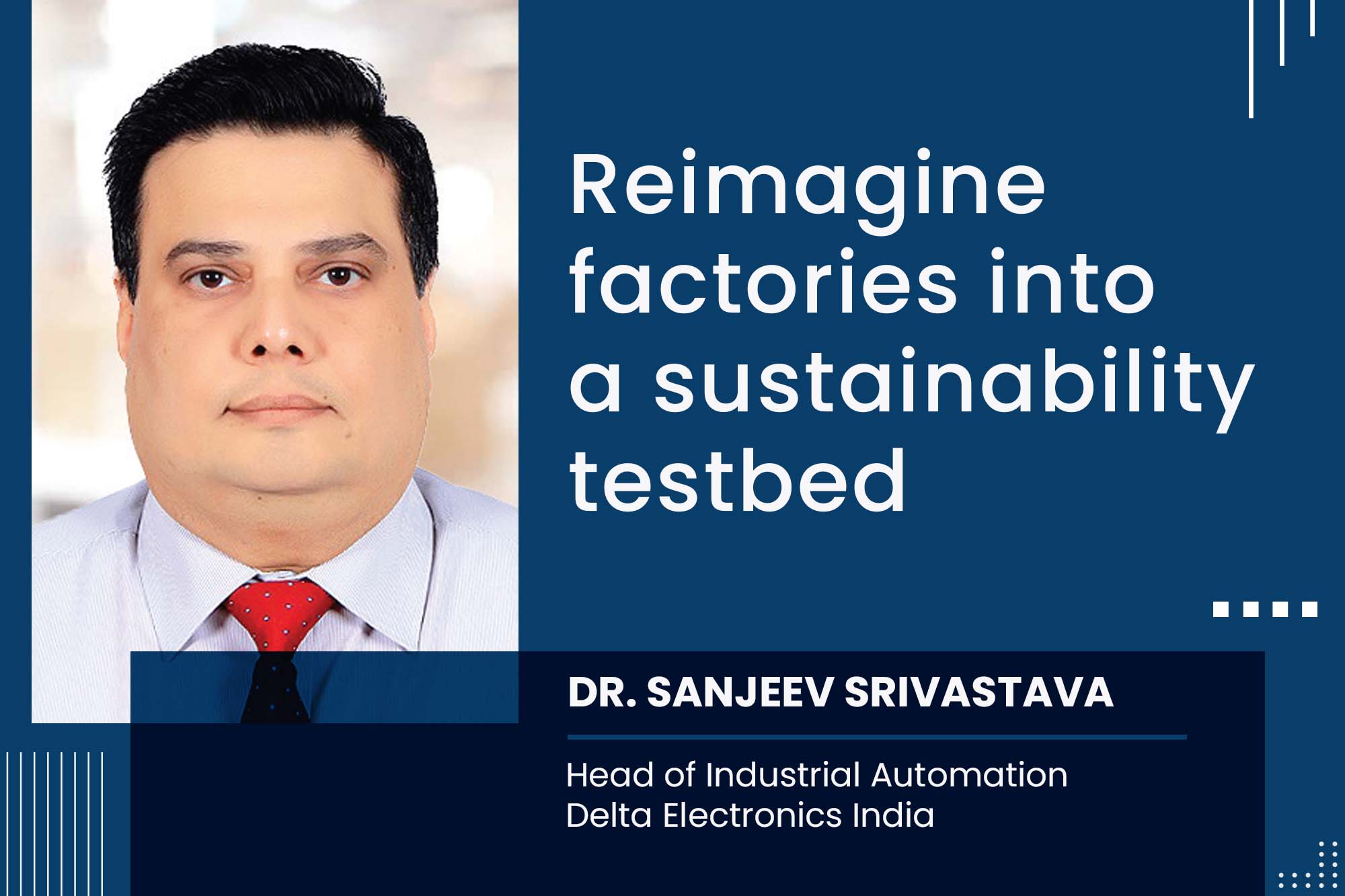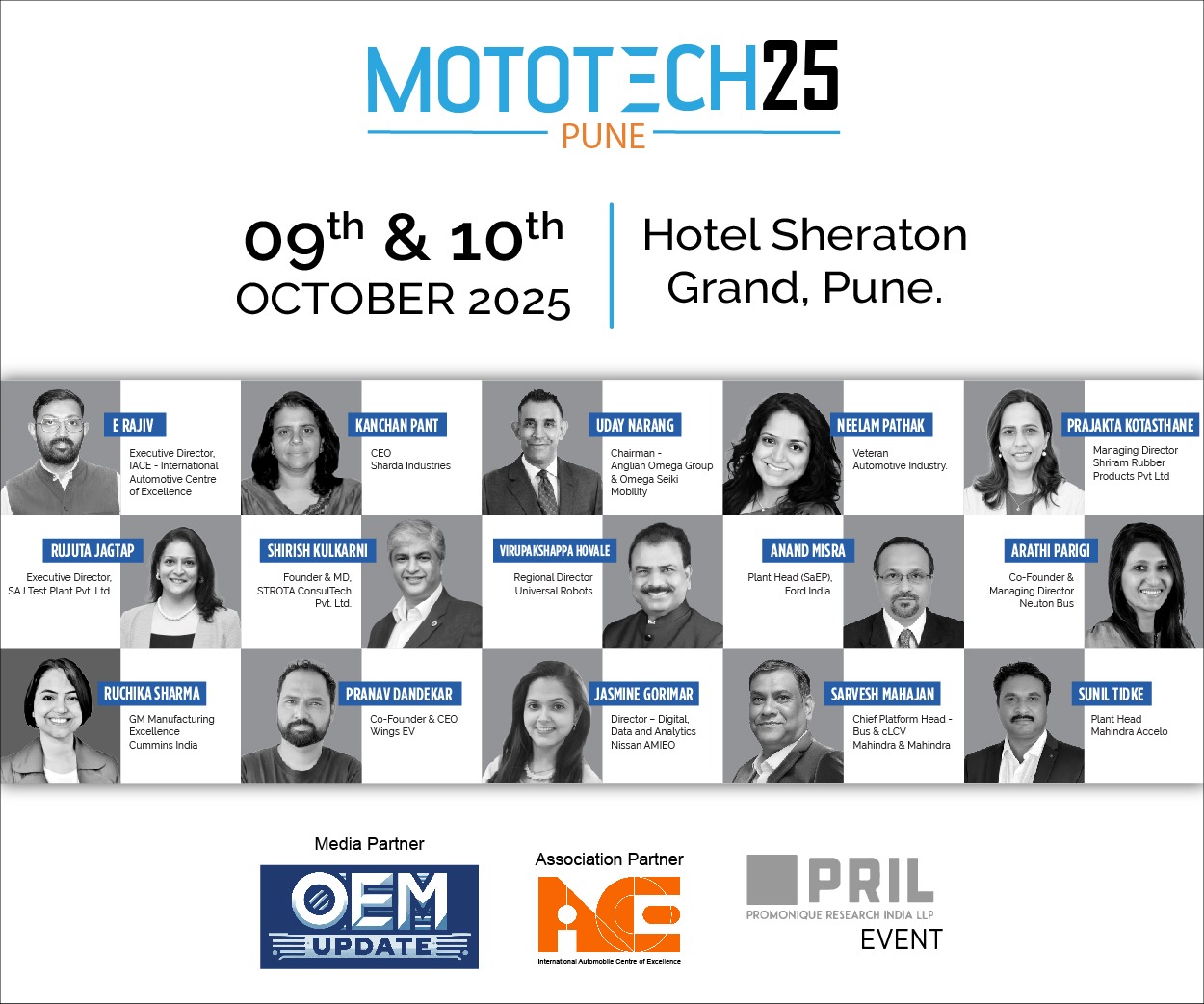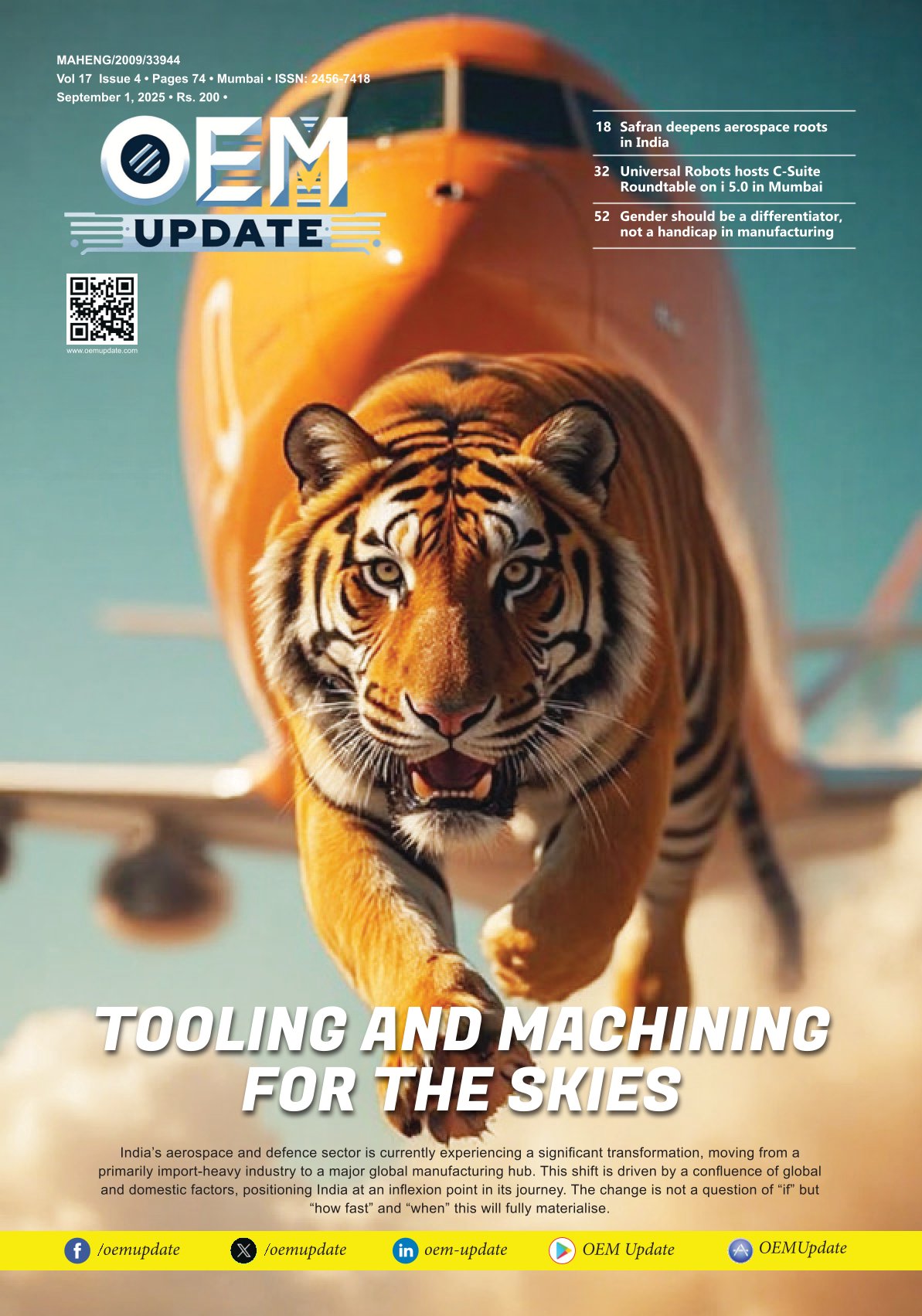Check out how smart drives and modular gears can slash energy use by 30%
By Staff Report June 16, 2025 6:22 pm IST
Traditional mechanical systems can be energy-intensive and prone to wear and waste, resulting in environmental drawbacks. However, implementing energy-efficient solutions can lead to environmental benefits, lower operational costs, and increased system reliability. Piyush Garg, Managing Director of Balaji Switchgears, has provided a practical guide in collaboration with Schneider Electric Solutions, highlighting the importance of sustainability and quality in power machine gears, motors, and transmission systems.
A practical guide with Schneider Electric solutions
With industries shifting toward greener, energy-efficient practices, the components of power machines, including gears, motors, and transmission systems, are evolving to meet sustainability standards.
These components are crucial in manufacturing and material handling for HVAC systems and transportation applications. Sustainable practices in this area are reducing energy consumption, increasing equipment life, and lowering environmental impact.
As a partner of Schneider Electric, Balaji Switchgears has witnessed firsthand the company’s leadership in this space. Schneider Electric’s range of innovative products empowers businesses to adopt eco-conscious systems without compromising performance.
Why does sustainability in gears, motors, and transmissions matter
Traditional mechanical systems can be energy-intensive and susceptible to wear and waste. Sustainable practices aim to improve energy efficiency, reduce material usage and waste, extend equipment life through smarter design, and facilitate maintenance and recyclability.
Incorporating these goals into the core of mechanical design will lead to environmental benefits, lower operational costs, and increased system reliability.
Energy-efficient motors
Electric motors consume a significant portion of the world’s electricity. Therefore, improving efficiency can lead to substantial energy savings.
Reference: Schneider Electric’s Altivar Process ATV600 and ATV900 series are smart variable speed drives designed to optimise motor performance while significantly reducing energy use. These drives feature real-time energy monitoring, smart control to adjust motor speed based on load, and Integration with automation systems for predictive maintenance.
These drives can reduce motor energy consumption by up to 30%, especially in pumps, compressors, fans, and other heavy-duty applications.
Gear optimisation and advanced transmission systems
Gear optimisation is vital for the efficient transfer of power. Sustainable gear systems aim to reduce friction and material loss while enhancing durability.
Sustainable practices include using surface treatments to reduce friction and extend lifespan, designing compact and modular gearboxes to minimise material waste, and opting for lubrication systems in automated gears that minimise environmental harm.
Reference: Schneider Electric’s Lexium 32 and Lexium 62 Servo Drives offer high dynamic performance while minimising energy waste. Engineered for applications that demand precision and speed—such as robotic arms, conveyor systems, and PacDrive solutions—these servo drives enhance sustainability by improving operational accuracy and optimising energy efficiency through advanced motion control.
Lightweight and recyclable materials
The use of lighter and more recyclable materials in motors, housings, and gearboxes can significantly reduce environmental impact.
- Aluminum and composite materials are being used instead of heavier metals
- Modular component design allows for easy replacement and recycling
- Design for disassembly supports circular economy practices Schneider Electric incorporates these design principles into their enclosures and motor housing systems to promote ease of recycling and reduced environmental burden at end-of-life.
Digital monitoring and predictive maintenance
Smart technology can decrease downtime and energy waste by proactively identifying potential issues before they escalate into failure.
Cloud-based solutions enable users to monitor system health in real-time, receive alerts for abnormal motor or transmission behaviour and schedule maintenance proactively, reducing the need for reactive repairs. With integrated sensors and analytics, companies can extend equipment life and avoid costly unscheduled maintenance, resulting in energy and material savings.
Reuse and recycling of components.
Sustainability doesn’t end at product design—it continues through the end-of-life phase.
Through its Environmental Data Program, Schneider Electric promotes recycling and reuse by extending the life cycle of drives and motors and designing components using technically appropriate and sustainable materials.
Their label is awarded to products that have full environmental declarations, low toxicity, and support for extended lifespan. This helps customers choose products with transparent sustainability credentials.
Smart integration and system optimisation
Efficient systems are about individual components and their interconnectedness. Companies can optimise their processes by integrating motors, drives, and gearboxes into a unified control architecture.
With Schneider Electric’s EcoStruxure Automation Expert, engineers are empowered to create digital twins of their systems, enabling simulation of energy usage, optimisation of drive and motor pairing, and automation of energy management across production lines. Such holistic approaches ensure savings are maximised, and systems only operate when necessary.
The path to a more sustainable future in gears, motors, and transmission lies in making smarter and more informed choices. Companies such as Schneider Electric are helping industries transition by providing high-efficiency motors, intelligent drives, and recyclable materials with digital tools for long-term monitoring and maintenance.
Engineers, plant managers, and sustainability officers alike who adopt these practices deliver measurable benefits, including reduced energy costs, extended equipment lifespan, and a lower environmental footprint. Sustainable industrial mechanics is no longer a vision for the future; it has become a practical and effective strategy for today’s manufacturing landscape.
Cookie Consent
We use cookies to personalize your experience. By continuing to visit this website you agree to our Terms & Conditions, Privacy Policy and Cookie Policy.
